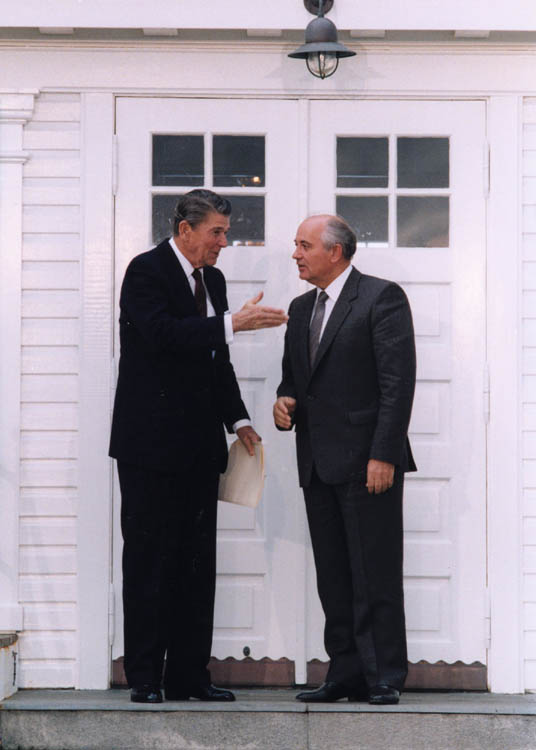The history of the debate over missile defense is full of miscalculations about its possible benefits versus its risks and costs.
Probably much of that is due to the fact that strategic missile defense always sounds better after 30 seconds than it does after 30 minutes. Its capabilities are frequently overstated and its downsides not always appreciated (although the Government Accountability Office’s recent cost assessment for the Ground Based Midcourse missile defense (GMD) system—$41 billion—is hard not to appreciate).
When it comes to strategic missile defense—defending the homeland against long-range missiles—the U.S. has been incurring the costs, both financial and geopolitical, for decades. And yet the system’s ability to actually defend against an attack is totally unproven.
That’s because despite decades of effort and many billions of dollars, there has never been a single operationally realistic test of the system. For example, the GMD system has never been tested against an intercontinental range missile. It hasn’t been tested without the system knowing the time and place of the target missile’s launch ahead of time. It hasn’t tried to hit a tumbling warhead, or a warhead accompanied by significant amounts of launch debris or numbers of intentional decoys. And so on.
Rewriting the Past
Despite this, Ken Adelman’s newly published book tries hard to spin flax into gold, flipping the script on a most tragic missile defense miscalculation: when personalities and circumstances aligned and offered one of the few opportunities to eliminate the burden of nuclear weapons and it was missed because of a mistaken faith in missile defense.
Adelman lays out his argument in a Politico article, “The Phantom Menace,” in which he calls out UCS as a fierce critic of Reagan’s doomed-to-fail Strategic Defense Initiative, which most people knew as “Star Wars.” (That part of the story is definitely true.)
The facts are well-established: The central event is the 1986 Reykjavik meeting at which Mikhail Gorbachev and Ronald Reagan briefly, by all accounts genuinely, and to most, astonishingly, agreed to eliminate all nuclear weapons.
It turned out that Gorbachev’s agreement was conditional—the U.S. would be required to restrict SDI research to the laboratory for a decade. Unfortunately, that was a bridge too far and Reagan refused the deal, wedded to his dream of a missile shield that would protect the U.S., despite vocal domestic criticism about how poor its technical prospects actually were. Gorbachev wouldn’t budge either, doubtful about Reagan’s offer to share the technology. As David Hoffman writes in his review of the book, Adelman was correct in his observation that “Reagan wanted so badly to build it and Gorbachev wanted so badly to stop it, that it assumed for them, and practically only for them, a reality it actually lacked.”
Was it worth it?
Adelman claims Reagan was right to refuse, but not because SDI was destined to work—ironically SDI is apparently the “phantom menace” of the essay’s title. Instead he credits SDI with being the undoing of the Soviet Union, saying that if it didn’t cause the USSR’s collapse it at least hastened it—although he admits this is at best a minority view of historians.
The Soviet Union is no longer, of course, but it would have ended anyway. However, large U.S. and Russian nuclear weapons arsenals do remain, and remain on dangerously high alert. What could have been achieved had this opening been taken?
Still a Phantom
And what of missile defense, the phantom that was too valuable for Reagan to give up or Gorbachev to ignore? There is little to show for the more than thirty years of effort and many billions of dollars. It remains a phantom, but a damned expensive one.
Today the U.S. struggles to succeed in developing a much less ambitious version of the defense system—one that is designed to counter not a huge arsenal of Soviet missiles but small numbers of unsophisticated strategic missiles. The system is in shambles. It continues to fail developmental tests and has been increasingly and strongly criticized by government-commissioned reports and outside observers alike.
The system has been beset by politically mandated timelines, unrealistic goals, and poor discipline. The G.W. Bush administration exempted it from standard Pentagon oversight, limiting the corrective measures wayward military programs are usually subject to. It will not be until at the very least 2020 that tests will be begin to resemble anything like operationally realistic conditions. The U.S. is still not requiring reality from its missile defense tests.
I’m not breaking new ground here—the story of the Reykjavik summit is well known. But timing’s the thing. Adelman’s retelling comes at the same time as it becomes ever more widely acknowledged how little the U.S. got out of decades of effort and billions of dollars invested in missile defense and how risky it is to maintain large nuclear arsenals for years on end.
Which highlights just what a tragically missed opportunity that was.

